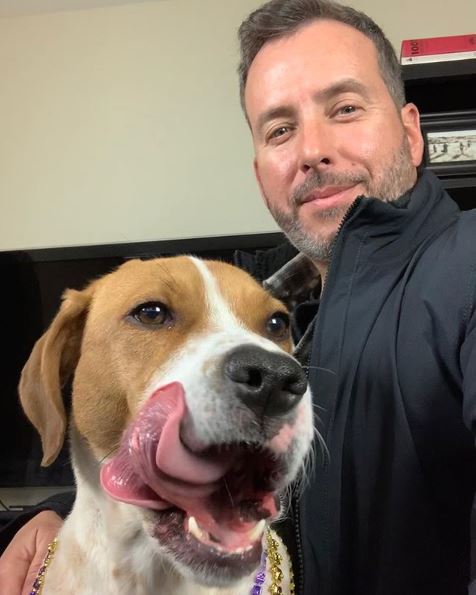A brief content strategy history of Linkedin:
March, 2011 – Linkedin Today, Social news aggregation
October, 2012 – Linkedin Influencer, Thought leader articles
April, 2013 – Linkedin integrates Pulse, News reader and mobile content distribution platform
February, 2014 – Linkedin Publisher, Limited release and eventually open release of Linkedin’s blog platform
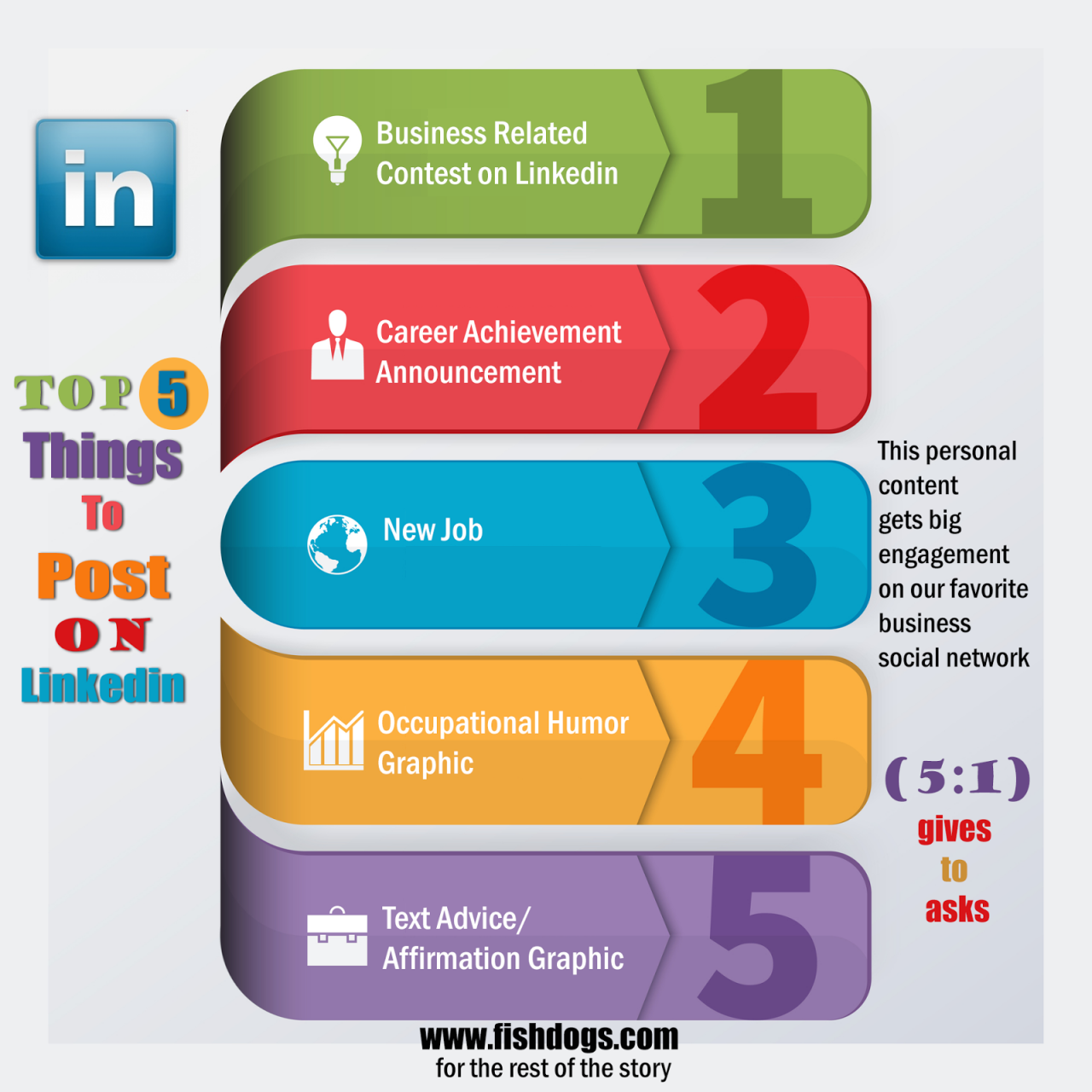
This content strategy has worked amazingly well, helping Linkedin to skyrocket from under $100m in revenue in early 2011 to $533m in August of 2014.
What can the average user derive from this? Well, let’s see…content works. And you should be posting some on a regular basis to your own status updates, in groups, through Pulse, and from Company pages.
More eyeballs on your content means more interest in your profile. That means more clicks on your links, job openings, sales promotions, or resume. Inbound marketing, pure and simple.
You can now also share content by posting blog articles on Publisher. Yes, there may be a bit of “I wish I had those minutes of my life back” content posted on Publisher by overzealous “bloggers”. Lars Schmidt and I debated this recently on The Cool Tools Show.
Linkedin conveniently fixes Publisher spam for you by serving up the most popular content at the top of your homepage vs. the most recent content. And they have this handy publisher guide for best practices to help.
But what about short posts and updates? What is the best content to post on a regular basis to keep your audience engaged? I discussed this with SEO Strategist, Joe Youngblood, when I spoke at a recent Search Engine Marketing event.
I have long used a ratio of 5:1 “gives” to “asks” when posting content. Gives are fun or interesting things your network can use and share with their networks. Helpful tips, 3rd-party articles, personal anecdotes, instagraphics, fun pics with co-workers are all gives. Job postings, white papers, surveys, sales promotions are asks.
This 5:1 ratio keeps you looking like a helpful resource vs. a spammy, potential threat (salespeople and recruiters, I’m talking to you). Here’s a video I did on posting good content to illustrate this a bit.
Joe has studied the most engaging content to share on Linkedin, (how many likes, shares, and comments something gets – not what is most often posted by users). His results are very interesting. *Note they do not take into account the time of day things were posted and some other data that would potentially effect engagement activity. Still, very interesting.
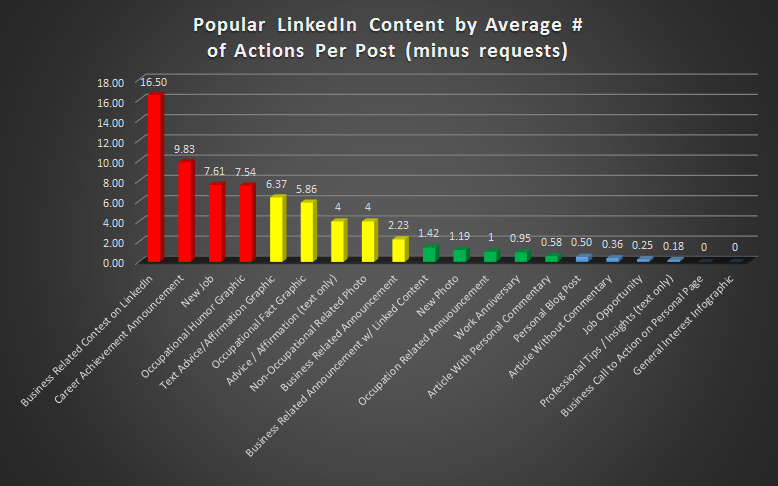
The number one most engaged type of shared content that Joe observed is a business related contest – through your personal page or company page. Career achievement announcements get big response as well. Then there are new jobs, for which Linkedin has a whole algorithm dedicated to getting people to congratulate you.
But most people don’t have a new job, contest, or career achievement every day about which to post. So the next best thing is a graphic with text that is either work-related, funny, inspirational, or factual.
I wanted to test this, so I started (in a far less scientific, more personal study than Joe’s) posting what I call instagraphics, every 3 days or so, to Linkedin. Sure enough, these got more likes, shares, and comments than most of the other things I ever post.
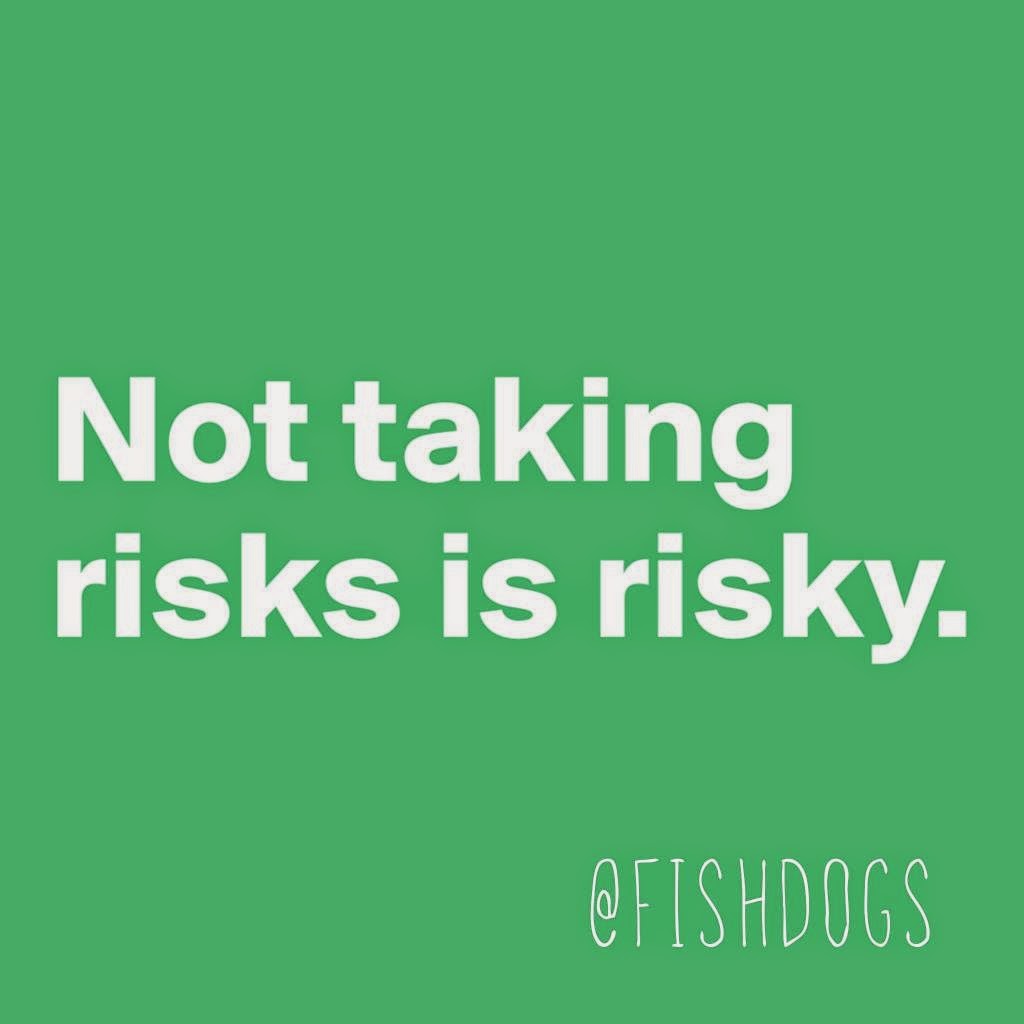 |
| 43 Likes, 5 Comments (Give) |
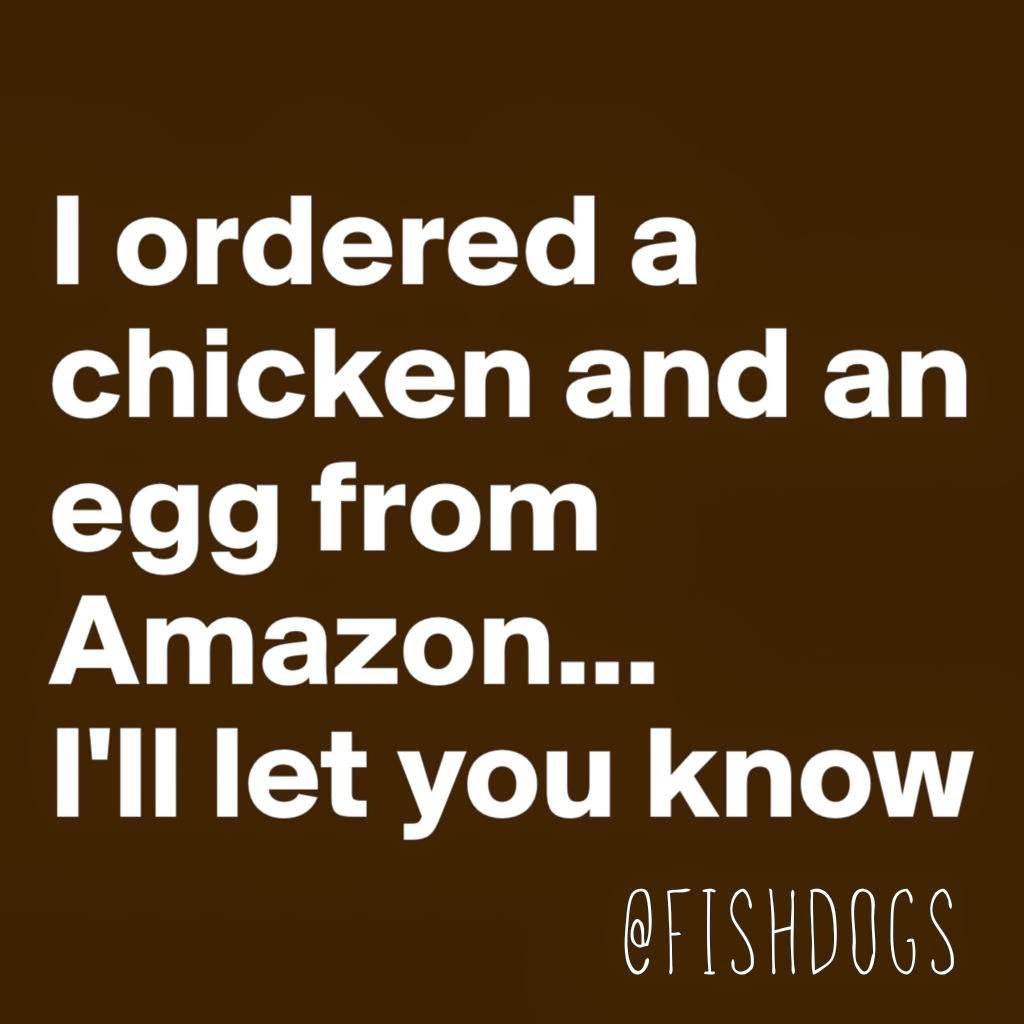 |
| 34 Likes, 4 Comments (Give) |
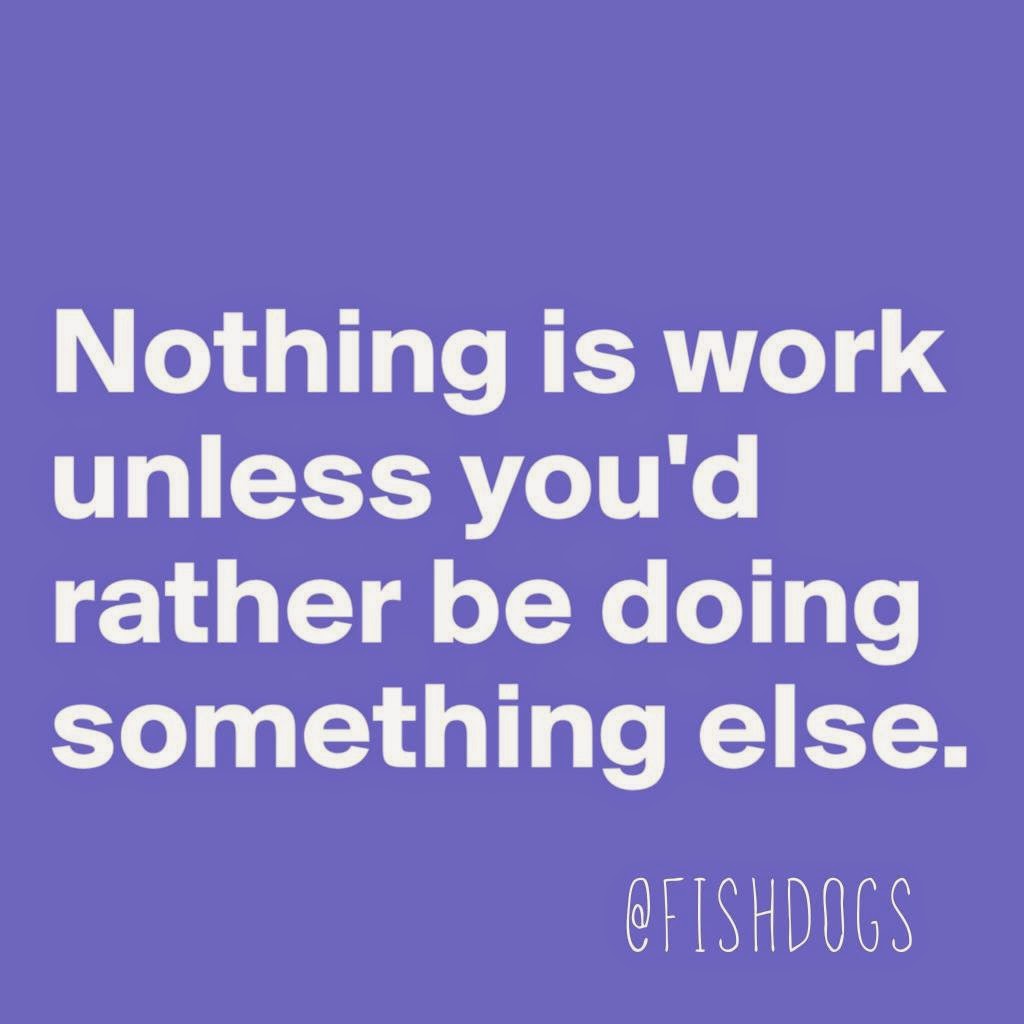 |
| 34 Likes, 0 Comments (Give) |
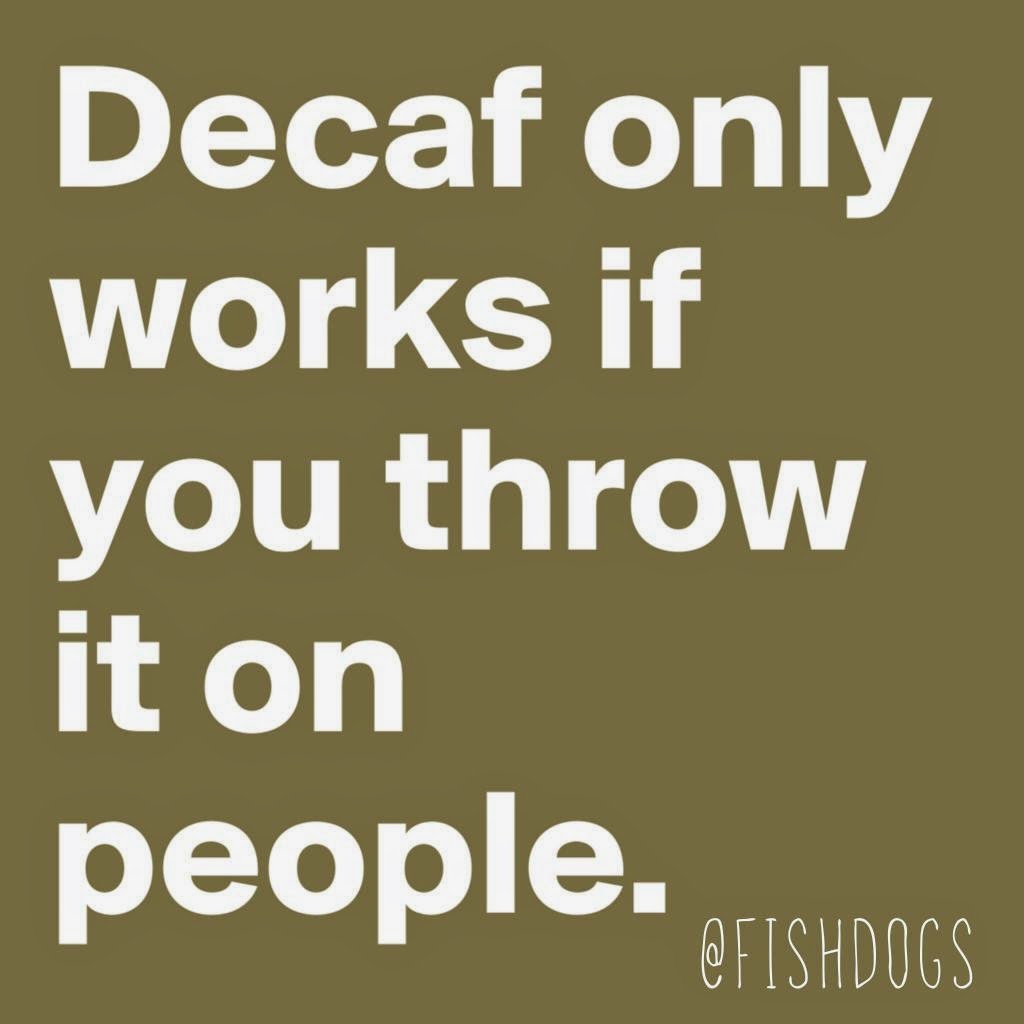 |
| 18 Likes, 2 Comments (Give) |
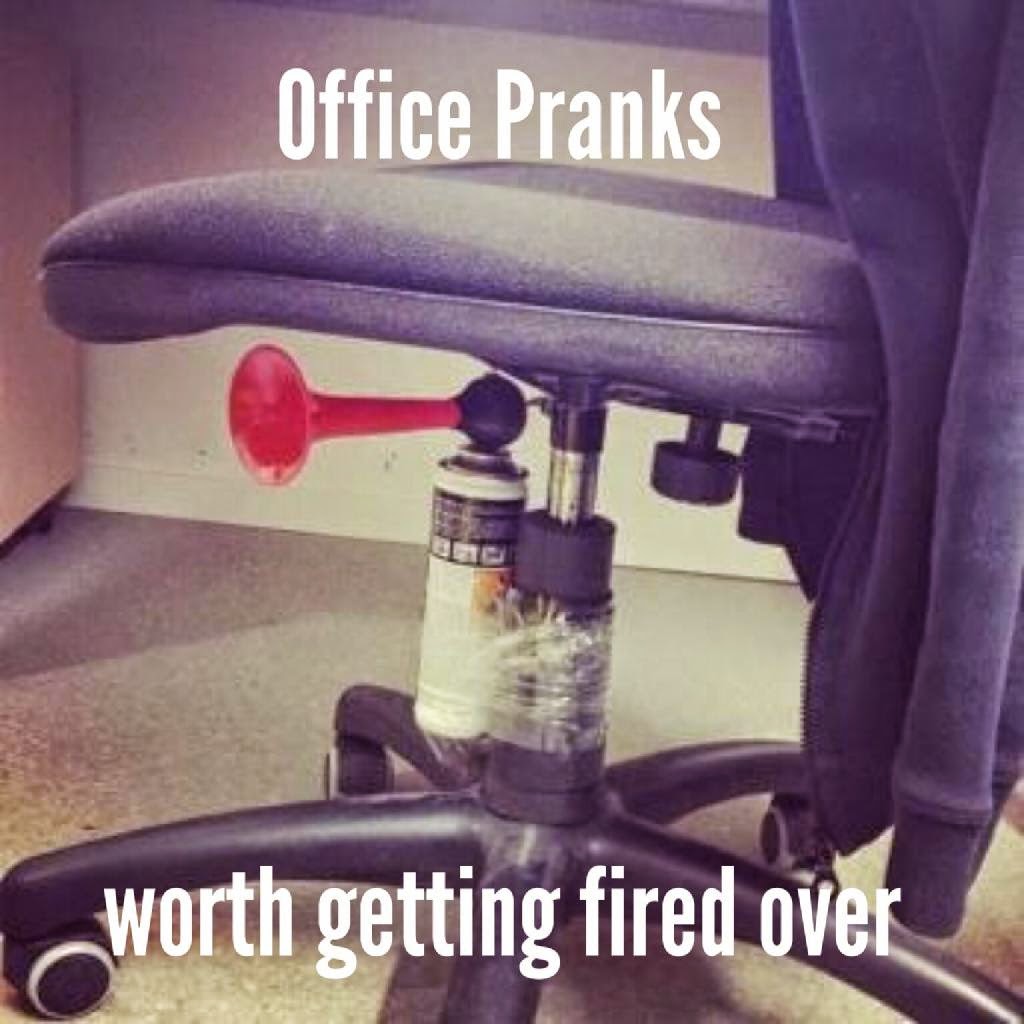 |
| 27 Likes, 9 Comments (Give) |
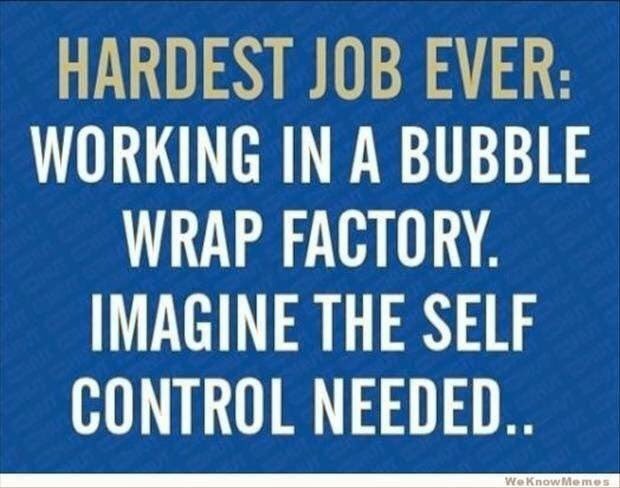 |
| 30 Likes, 8 Comments (Give) |
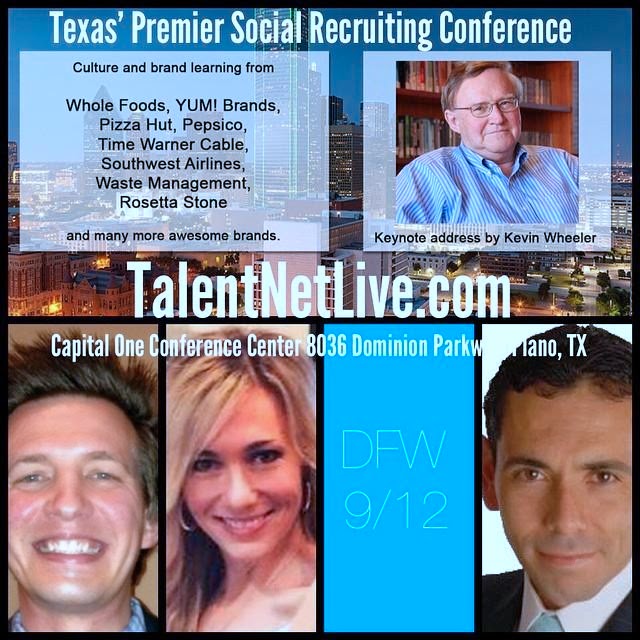 |
| 9 Likes on my profile, 2 Shares and 3 Comments from posting to a group (Ask) |
I added some text in the message portion of each status update where I posted these graphics. Usually it was in the form of a statement, and questions, such as: “Not taking risks is risky. How will you jump out of your comfort zone today?”
Why do I care if I get engagement? Because I want to be a familiar, helpful, non-threatening face to my network. This turns cold calls into warm calls. And when I occasionally ask for referrals or other “asks”, I get pretty good results.
The bottom line here is that you should be posting things to Linkedin on a regular basis if you want to network there. Post “give” content to your own status updates, and in groups where your prospects are members. Post links to third-party content (helpful stuff that was not written by you or your company). Post an anecdote and photo from your office or co-workers to showcase your company’s culture. Post a fun or informational instagraphic to entertain the troops.
Then, every once in a while, once you’ve proven you are a good network citizen, it’s okay to reach out for a referral or an “ask” of some kind (job posting, sales promotion, “need a new job”, take our survey). 5:1 ratio.
Here, from Joe’s research, are the top 5 things to share on Linkedin:
5) Text Advice/Affirmation Graphic
4) Occupational Humor Graphic
3) New Job
2) Career Achievement Announcement
1) Business Related Contest on Linkedin – Be careful to keep it legal! http://www.socialmediaexaminer.com/5-creative-ways-to-use-linkedin-company-pages/
Yes, I made a Top 5 list. And I abused quotation marks and parentheses. Sue me. But also please let me know what content has worked well for you on Linkedin in the comments below.


